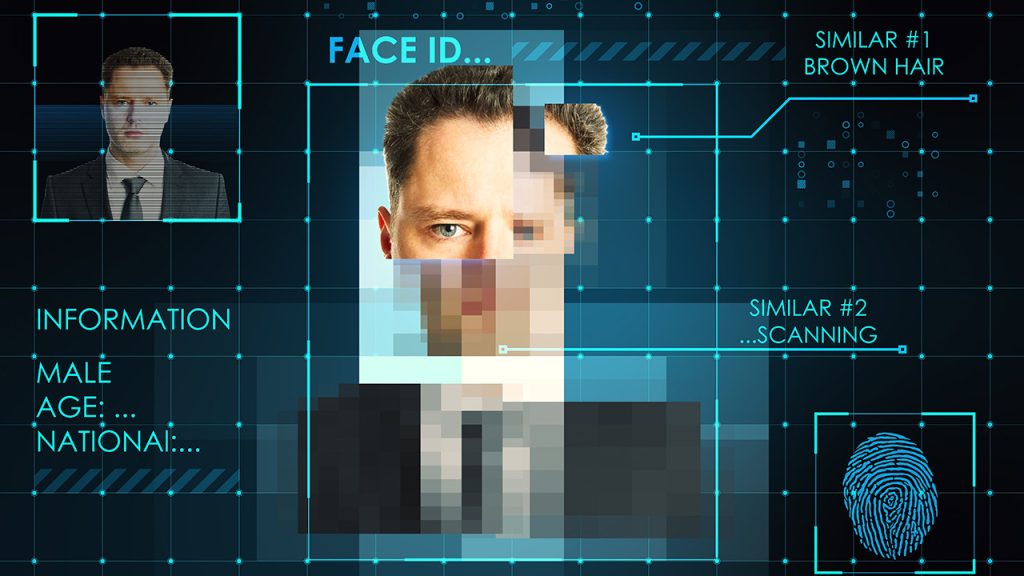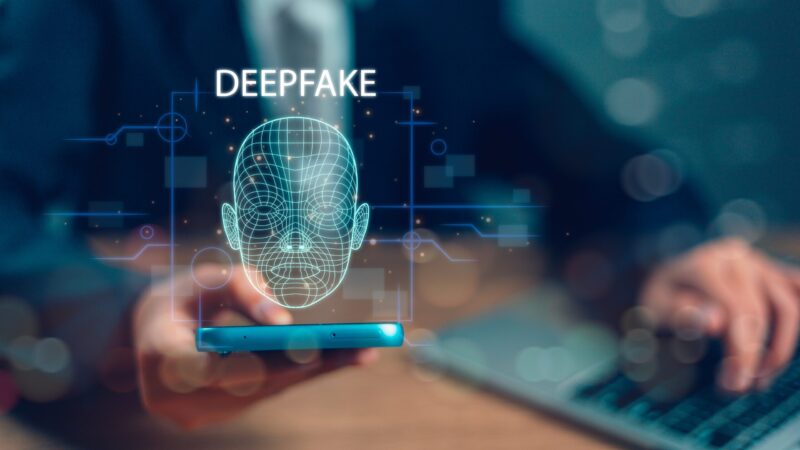Critical Deepfake Crimes Defense in the U.S.: How the TAKE IT DOWN Act Impacts 2025 Cases
Table of Contents
Introduction: Why This Law Matters Now
Deepfake technology—AI-generated videos and images that appear real—has exploded in popularity. While many people use it for comedy or art, others have misused it for blackmail, revenge porn, and online harassment. The result is a wave of criminal cases where the evidence is digital, manipulated, and hard to verify.
In May 2025, the U.S. government responded by passing the TAKE IT DOWN Act, the first federal law that directly criminalizes non-consensual deepfake and intimate content. For those accused, deepfake crimes defense has quickly become one of the most complex and high-stakes areas of criminal law.
What Is the TAKE IT DOWN Act?
The law makes it a federal crime to knowingly create, share, or even repost explicit deepfake content without the subject’s consent. Unlike older revenge-porn laws, this Act explicitly targets AI-manipulated media, recognizing how quickly it can spread across social platforms.
Key provisions include:
- Federal charges for creators, distributors, or even those who repost.
- Civil lawsuits allowing victims to sue for damages.
- Severe penalties such as prison time, steep fines, and lifelong criminal records.
This shift means that a defendant who once might have faced a misdemeanor under state law can now be prosecuted at the federal level.
Real Case Example: A Student in New York
In 2025, a New York college student was charged after creating a fake explicit video of his ex-girlfriend. When the content spread on social media, he was prosecuted under the new law.
His defense team focused on three angles:
- Intent – arguing he did not knowingly seek to cause harm.
- Authenticity – questioning whether the AI evidence was manipulated further after leaving his computer.
- Jurisdiction – debating whether state or federal court had proper authority.
This case highlights how defense lawyers must balance technical expertise with constitutional arguments.
Penalties Defendants Face Under the Act
The consequences of being charged under this law are life-changing:
- Federal prosecution carries harsher sentencing guidelines than state cases.
- Civil lawsuits can drain a defendant financially even if criminal charges are dismissed.
- Reputation damage often occurs before trial, especially when cases make headlines.
For many defendants, the real punishment begins long before a judge or jury decides the outcome.

Challenges in Deepfake Crimes Defense
Defending against these accusations is uniquely difficult. Attorneys must consider:
- Proving Intent – Did the defendant knowingly create or share the content?
- Authenticity of Evidence – Can digital files be verified as genuine, or could they have been altered by someone else?
- Free Speech Concerns – Satirical or artistic deepfakes may fall under First Amendment protections.
- AI Errors – Deepfake detection tools are not flawless, and mistakes can wrongly implicate innocent people.
Each of these factors can be decisive in shaping a defense strategy.
Why Skilled Defense Matters
The combination of federal law, digital evidence, and public stigma makes these cases especially dangerous for defendants. Hiring an attorney who understands deepfake crimes defense is essential. An experienced lawyer can:
- File motions to suppress unreliable AI evidence.
- Cross-examine digital forensic experts.
- Argue constitutional protections when applicable.
- Negotiate for reduced charges or alternative sentencing.
Without skilled representation, defendants risk both legal and social ruin.

Looking Ahead: The Future of Deepfake Law
The TAKE IT DOWN Act is only the beginning. As AI tools become more advanced, future laws may expand beyond explicit content to cover financial fraud, impersonation, and political misinformation. Defense lawyers will need to continually adapt to these changes, blending technical knowledge with traditional legal skills.
Conclusion
The TAKE IT DOWN Act has created a new era in digital criminal law. While it provides stronger protections for victims, it also places defendants at risk of severe penalties, federal scrutiny, and reputational harm.
For anyone accused, the key to survival is a carefully crafted deepfake crimes defense that challenges AI evidence, examines intent, and protects constitutional rights. With the right legal strategy, defendants can still fight back—and protect their freedom in a world where technology moves faster than the law.


Leave a Reply to Admin Cancel reply